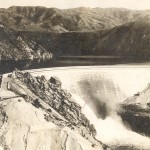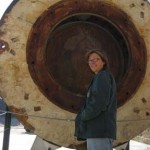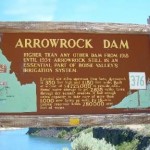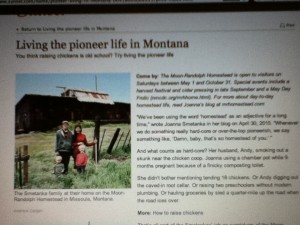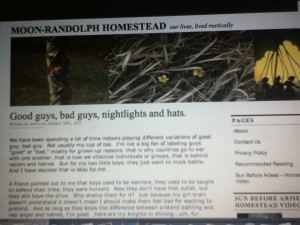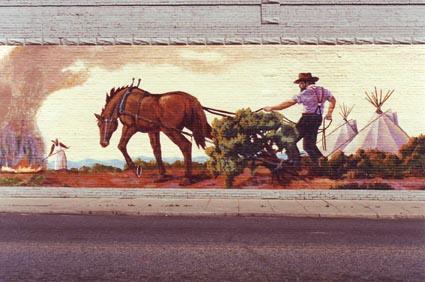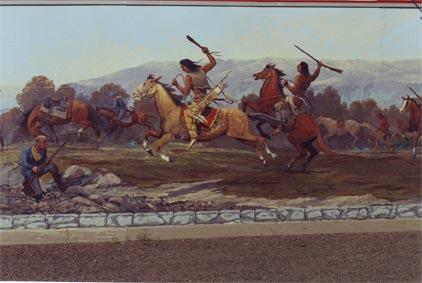Boise Architecture Project
The Boise Architecture Project is an on-line gallery of historic buildings in Boise and some of the surrounding area.
http://boisearchitecture.org/index.php
The project was started in 2005 by a group of students from the AP U.S. history and photography classes at Timberline High and the AP Geography class from Capital High. The group was inspired by the variety of interesting architecture in Boise. The group’s members went around the city and picked out their individual favorite building. They then researched the historical and architectural backgrounds of the building through interviews with building owners, architects, occupants, Boise preservationists and historical research. Once they had this information, they put pictures of the buildings and the information together to form a “slide” for each building.
The intended audience for the project is the community of Boise. It is also helpful to both historians, which is how I came across it, and residents who could not only look up community properties but possibly research the historic background of their own home. The project is designed to allow residents to actively participate in the project’s creation and expansion. Students created the entire project with help from the community. Residents can look up buildings by part of city, name, description, and architectural style. Community members can also add their own recommendations for new buildings to be added to the database simply by filling out a form on their website.
Though not directly stated, I believe the main objective of the project is to get people to see and care about the architectural diversity in Boise. The creators want everyone to begin to look around and analyze the buildings around them to discover their own favorite buildings. I think of it as the on-line version of the walk we took during the last class where we just walked around the North End and took in what we saw. This project could easily be converted to an app.
The project is definitely replicable. It is easy to do and only requires some leg work and interviews. I think it would be an easy project that people can work on and could inspire a lot of community members to get involved because it is so easy. I would love to see it expand to other cities in the area, such as Kuna or Caldwell. There are a lot of historic buildings in Caldwell and I think a project of this type would fit in well with that city’s plan for “renewal.” This type of project would be a good starting point for any city that wants to start documenting its history.
I think the project would be very helpful to public history projects in Boise because not only is the format of the project easily replicable, the content is easy to produce with community photos and information. I came across the project when I was beginning my research on the (Y)WCA in Boise and it helped me have a starting place for understanding the building. I then spent time looking at all of the other buildings and was surprised by the quantity of cool buildings in all areas of town.





